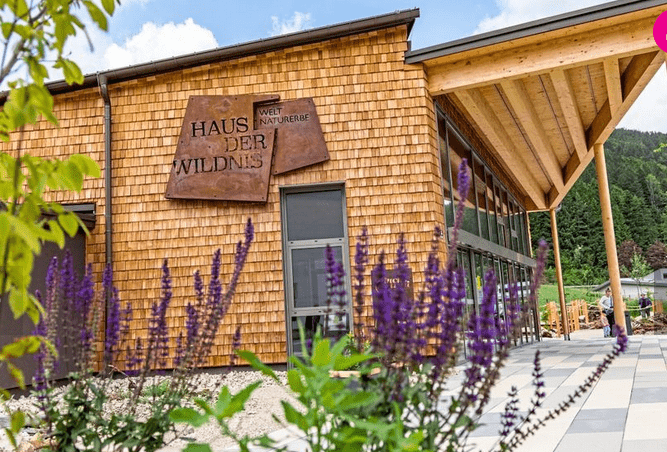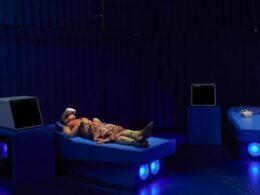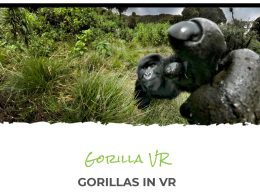The Dürrenstein-Lassingtal Wilderness Area in Austria is home to one of the last remaining primeval forests in Europe. The mediation relies on augmented and virtual reality.
The primeval forest capsules, small niches in the exhibition space, are among the stations of the exhibition in the House of Wilderness in Lunz am See in Lower Austria, which is intended to make primeval forest nature accessible and tangible in the Dürrenstein-Lassingtal wilderness area not far from here. The show demonstrates many connections around the natural forest: its development over thousands of years, the complex interaction between natural forest inhabitants or the drastic effects of climate change.
Among other things, virtual reality is used to convey the information. With the VR goggles, for example, you can see the perspective of a hawk owl flying over the wilderness area, diving through its treetops or soaring to the summit of Dürrenstein. The warming rays of the sun come from infrared lamps, the morning breeze from fans, which make this virtual experience more intense.
Strictly protected area
The wilderness area itself is strictly protected as an IUCN Category I protected area and as Austria's first Unesco World Natural Heritage Site. To preserve it, human influences must be kept away as much as possible. Guided tours are available, but strictly regulated. But at the same time, this small patch of landscape, which has remained almost untouched since the last ice age, is of great value as a source of knowledge and education. It is up to the House of Wilderness to unite precisely these apparent opposites: it should lead people into the primeval forest without them actually entering it.
"We deliberately chose the path of technology," explains Katharina Pfligl, who manages the Haus der Wildnis. "To depict the primeval forest in an exhibition in a completely realistic way and make it tangible is hardly possible - even if you are put into it with virtual reality glasses. But the technology also offers the opportunity to show the complex interrelationships within the natural forest that are otherwise not visible at first glance."
One of the stations in the exhibition illustrates, for example, how the trees warn their neighbours of insect infestation via their extensive root networks with the help of underground fungal networks, the so-called mycelia. If the bark beetle spreads, this information is passed on and the trees arm themselves with increased resin production, for example.
Augmented Reality for the welcome
Already at the entrance to the exhibition in the House of Wilderness, visitors are projected into a video of a jungle scene on a large screen using augmented reality technology and thus appear as part of this nature. One can engage with the surrounding nature, listen to it and observe its changes - or drown it out and ignore it. An effort is made here to make clear how much depends on this decision.









